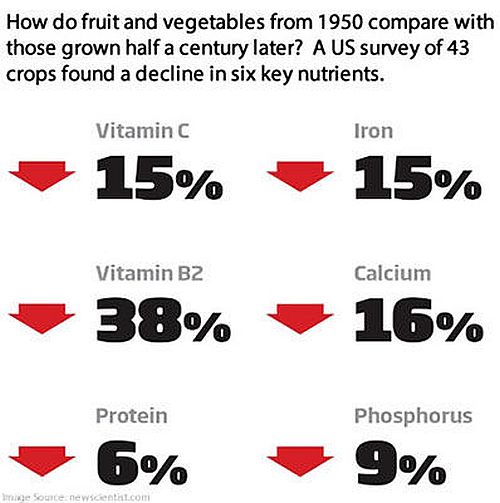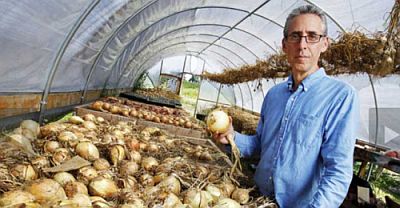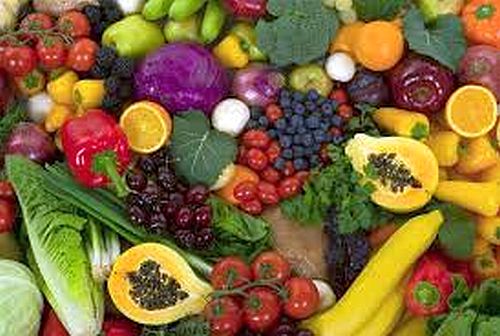Marco Torres – What if our food has been getting less and less nutritious? What if modern intensive farming methods — many of which solved malnutrition problems when they were first introduced — have affected the mineral and vitamin content of what we eat? Could having a constant supply of varied produce and introducing genetically modified foods be compromising nature’s goodness?
Whether it be vegan, low carb, paleo, or any other diet, the quest for the healthiest method of eating shows no sign of abating, yet all have considerable controversy. We know more than ever about what food does to the body and the importance of antioxidants, healthy fats and a low glycaemic index.
Things have changed so much since the wisdom of our ancestors was lost or ignored. Wild dandelions, once a springtime treat for Native Americans, have seven times more phytonutrients than spinach, which we consider a “superfood.” A purple potato native to Peru has 28 times more cancer-fighting anthocyanins than common russet potatoes. One species of apple has a staggering 100 times more phytonutrients than the Golden Delicious displayed in our supermarkets.
Were the people who foraged for these wild foods healthier than we are today? They did not live nearly as long as we do, but growing evidence suggests that they were much less likely to die from degenerative diseases, even the minority who lived 70 years and more. The primary cause of death for most adults, according to anthropologists, was injury and infections, not disease.
Some of the most eye-catching work in this area has come from Donald Davis, a now-retired biochemist at the University of Texas. In 2011, he compared the nutrients in US crops from 1950 and 2009, and found notable declines in five nutrients in various fruits, including tomatoes, eggplants and squash. For example, there was a 43 per cent drop in iron and a 12 per cent decline in calcium. This was in line with his 1999 study — mainly of vegetables — which found a 15 per cent drop in vitamin C and a 38 per cent fall in vitamin B2.


 He sold his practice in New York and built the first
He sold his practice in New York and built the first  The blooms of this magnificent tree are breathtaking enough, with hot pink, white, purple, and fuchsia bursting forth every spring and summer season like an Andy Warhol painting on steroids.
The blooms of this magnificent tree are breathtaking enough, with hot pink, white, purple, and fuchsia bursting forth every spring and summer season like an Andy Warhol painting on steroids.